CPAP Therapy and Blood Pressure: Impact, Mechanisms, and Comparisons to Lifestyle & Medications
Introduction
Obstructive sleep apnea (OSA) is more than just loud snoring and daytime fatigue—it’s also a significant contributor to high blood pressure (hypertension). OSA affects an estimated 15–30% of adults, though many cases go undiagnosed. During sleep, repeated airway collapse (apneas) leads to oxygen drops and fragmented sleep. These episodes trigger surges in blood pressure and stress hormones, linking OSA to chronic hypertension over time. In fact, OSA is recognized as an independent risk factor for developing hypertension.
Continuous Positive Airway Pressure (CPAP) therapy is the gold-standard treatment for moderate to severe OSA. CPAP machines deliver pressurized air through a mask to keep the airway open during sleep, preventing apneas. By restoring normal breathing and oxygen levels at night, CPAP not only improves sleep quality and daytime alertness but may also help control blood pressure that has been elevated by untreated OSA.
Many patients and clinicians wonder: Does treating sleep apnea with CPAP actually lower blood pressure, and how does it compare to traditional blood pressure treatments?
This comprehensive blog will address these questions with evidence from scientific studies. We will:
-
Outline how OSA contributes to hypertension through various physiological mechanisms (like sympathetic nervous system activation and hormonal changes).
-
Review the clinical evidence on CPAP’s impact on blood pressure – including key randomized trials, meta-analyses, and which patients benefit most.
-
Compare CPAP’s blood pressure reduction with other strategies such as lifestyle modifications (weight loss, diet, exercise) and medications.
-
Discuss the importance of patient adherence to CPAP, common challenges, and how adherence influences blood pressure outcomes.
-
Examine long-term cardiovascular outcomes: Can CPAP therapy reduce risks of heart attack, stroke, or other heart problems in the context of hypertension?
By understanding these aspects, patients with OSA and hypertension—and their healthcare providers—can make informed decisions in managing both conditions. Treating sleep apnea effectively may become a key part of controlling blood pressure and protecting heart health.
OSA and Hypertension: A Dangerous Connection
OSA and hypertension frequently coexist, and each can worsen the other. Epidemiological studies have established a strong association between the two conditions.
-
Over 50% of patients with drug-resistant hypertension have obstructive sleep apnea.
-
In one cohort of patients with resistant high blood pressure, moderate-to-severe OSA was found in 64% of cases.
-
Patients with untreated severe OSA have about a three-fold higher risk of fatal or non-fatal cardiovascular events over 10 years compared to similar men without OSA.
Past studies have demonstrated that OSA is not only associated with hypertension but can be a causal factor. The repetitive drops in blood oxygen and sleep interruptions during apneas put enormous stress on the cardiovascular system. Each apnea episode triggers a surge in sympathetic nervous system activity (the “fight or flight” response), causing spikes in blood pressure. Over time, these nightly blood pressure surges contribute to sustained daytime hypertension.
From a clinical standpoint, the presence of OSA often makes hypertension harder to control. Patients with OSA tend to have a “non-dipping” blood pressure pattern – normally blood pressure dips by ~10% at night during restful sleep, but in OSA, blood pressure may remain elevated or even surge due to apneas. This means their overall 24-hour blood pressure load is higher, contributing to hypertension-related damage. Moreover, OSA can cause morning blood pressure spikes and increase variability in readings.
Given this tight link, medical guidelines now recommend screening for OSA in patients with resistant or hard-to-control hypertension. Identifying and treating OSA can be a crucial step in managing high blood pressure.
Physiological Mechanisms Linking Sleep Apnea to High Blood Pressure
OSA drives up blood pressure through multiple mechanisms:
-
Sympathetic Nervous System Overactivity: OSA leads to repeated episodes of low oxygen (hypoxemia), triggering stress hormone surges that increase blood pressure and heart rate.
-
Renin-Angiotensin-Aldosterone System (RAAS) Activation: This hormonal system is activated by OSA, increasing aldosterone levels, which causes fluid retention and raises blood pressure.
-
Intermittent Hypoxemia and Inflammation: Oxygen fluctuations in OSA promote oxidative stress and endothelial dysfunction, impairing blood vessels and raising blood pressure.
-
Negative Intrathoracic Pressure Swings: Apnea-induced chest pressure changes strain the heart and blood vessels, worsening hypertension.
-
Sleep Fragmentation and Neurohormonal Effects: OSA disrupts deep sleep, keeping blood pressure elevated overnight instead of allowing it to dip.
-
Nocturnal Fluid Shift: In hypertensive individuals, fluid accumulates in the legs during the day and shifts to the neck at night, worsening airway obstruction and hypertension.
CPAP Therapy for OSA: How It Lowers Blood Pressure
CPAP therapy prevents airway collapse and eliminates the apneas that drive blood pressure surges. Numerous clinical trials and meta-analyses have examined CPAP's impact on hypertension:
-
A major meta-analysis of 31 randomized trials found that CPAP therapy reduced systolic blood pressure by ~2.6 mmHg and diastolic blood pressure by ~2.0 mmHg on average.
-
The HIPARCO trial, specifically studying CPAP in resistant hypertension, showed a greater decrease in 24-hour mean blood pressure by 3.1 mmHg and a diastolic drop of 3.2 mmHg.
-
Patients who used CPAP >5 hours per night had significantly greater blood pressure reductions than those using it less.
While these reductions are modest, they add up over time and may reduce cardiovascular risk.
CPAP vs. Other Blood Pressure Management Strategies
-
Lifestyle Changes: Weight loss of 10 kg can lower blood pressure by ~10 mmHg. Regular exercise reduces BP by 4–8 mmHg.
-
Medications: Common antihypertensive drugs lower BP by 5–15 mmHg, whereas CPAP lowers it by ~2–4 mmHg.
-
Combination Therapy: CPAP, weight loss, and medications work best together, rather than as standalone treatments.
The Challenge of CPAP Adherence
One major barrier to CPAP’s effectiveness is poor adherence. Studies show 46–83% of patients do not use CPAP as recommended (at least 4 hours per night). Common issues include:
-
Mask discomfort
-
Airway dryness and congestion
-
Difficulty tolerating air pressure
-
Noise and bed partner concerns
-
Lack of immediate perceived benefit
Addressing these concerns through proper mask fitting, humidification, and education improves long-term CPAP use and effectiveness.
Conclusion
OSA and hypertension are closely linked, and CPAP therapy provides modest but meaningful blood pressure reductions. While CPAP alone does not replace medications or lifestyle changes, it plays a critical role in managing blood pressure, improving sleep quality, and reducing cardiovascular risk.
For patients with OSA and hypertension, consistent CPAP use, combined with healthy lifestyle habits and medications as needed, provides the best approach to long-term cardiovascular health.
Bibliography
-
Fava C. et al. (2014). Effect of CPAP on Blood Pressure in Patients with OSA: A Meta-analysis of Randomized Trials. Chest, 145(4): 762-771.
-
Martínez-García MA. et al. (2013). Effect of CPAP on Blood Pressure in Patients with OSA and Resistant Hypertension. JAMA, 310(22): 2407-2415.
-
McEvoy RD. et al. (2016). CPAP for Prevention of Cardiovascular Events in Obstructive Sleep Apnea (SAVE Trial). New England Journal of Medicine, 375(10): 919-931.
-
Lombardi C. et al. (2019). Systemic Hypertension in OSA – Pathophysiology and Treatment Implications. Journal of Thoracic Disease, 11(Suppl 7): S1761-S1772.

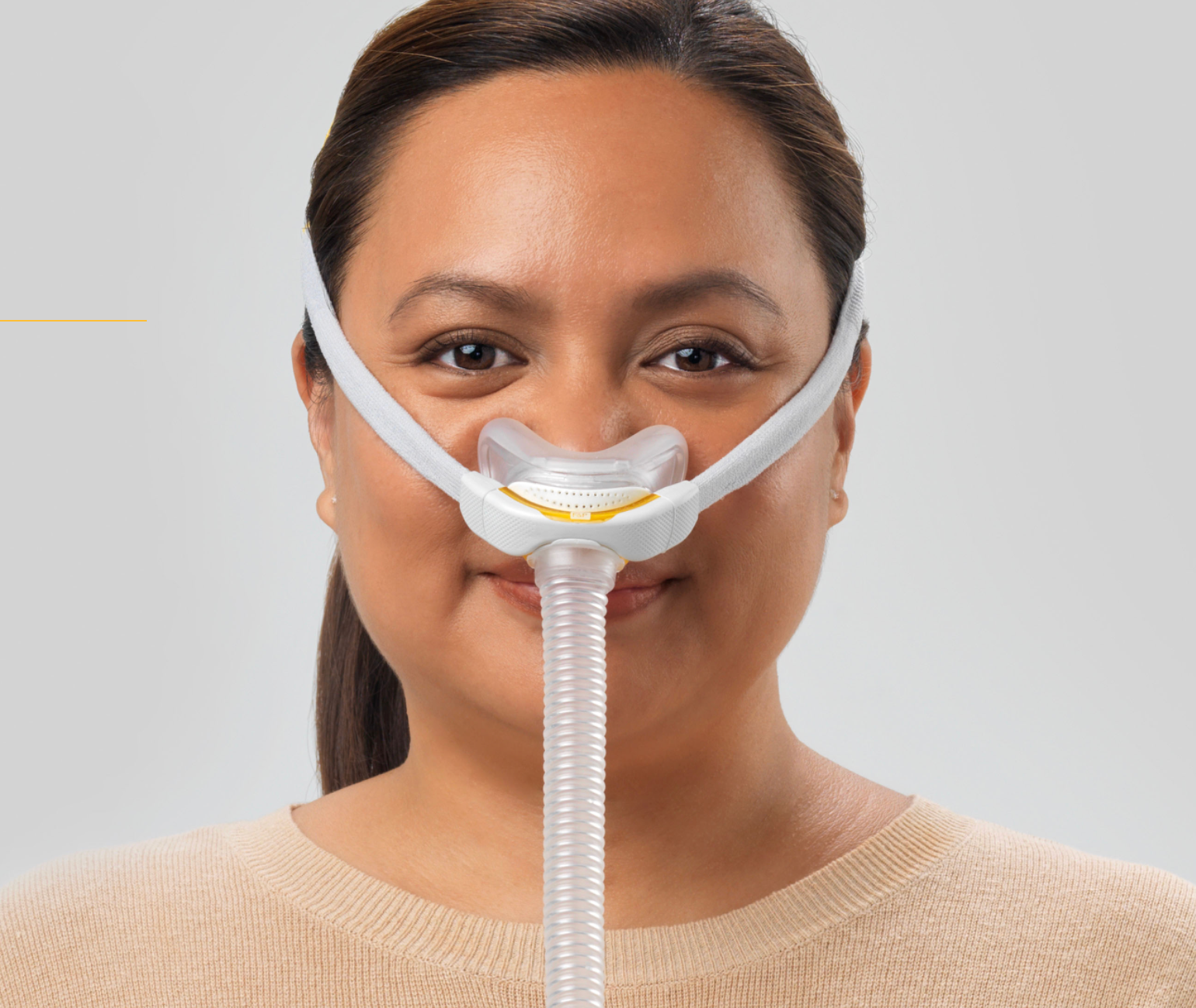
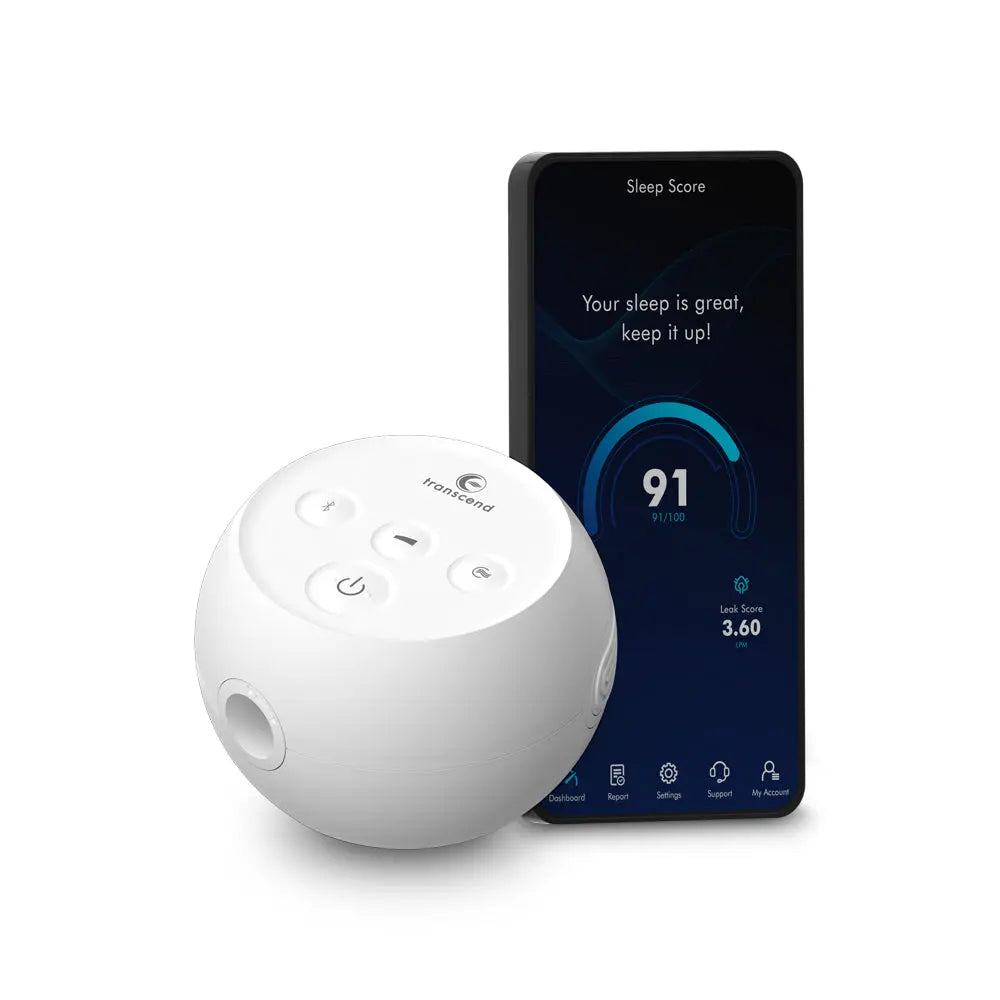
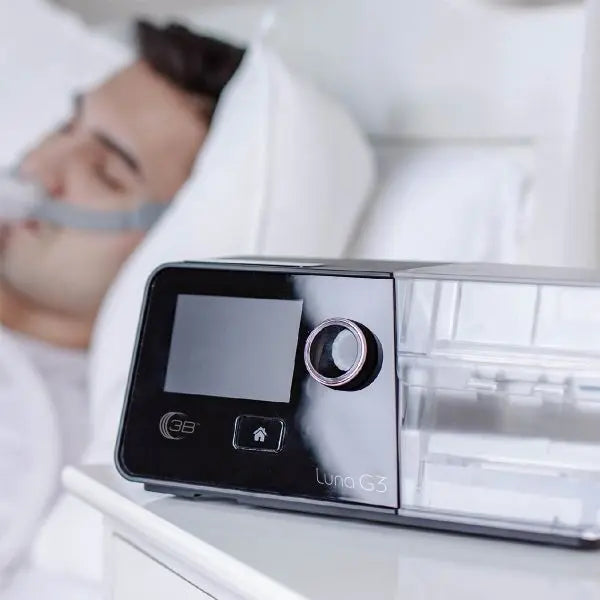


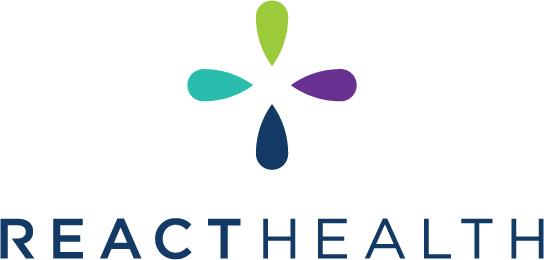
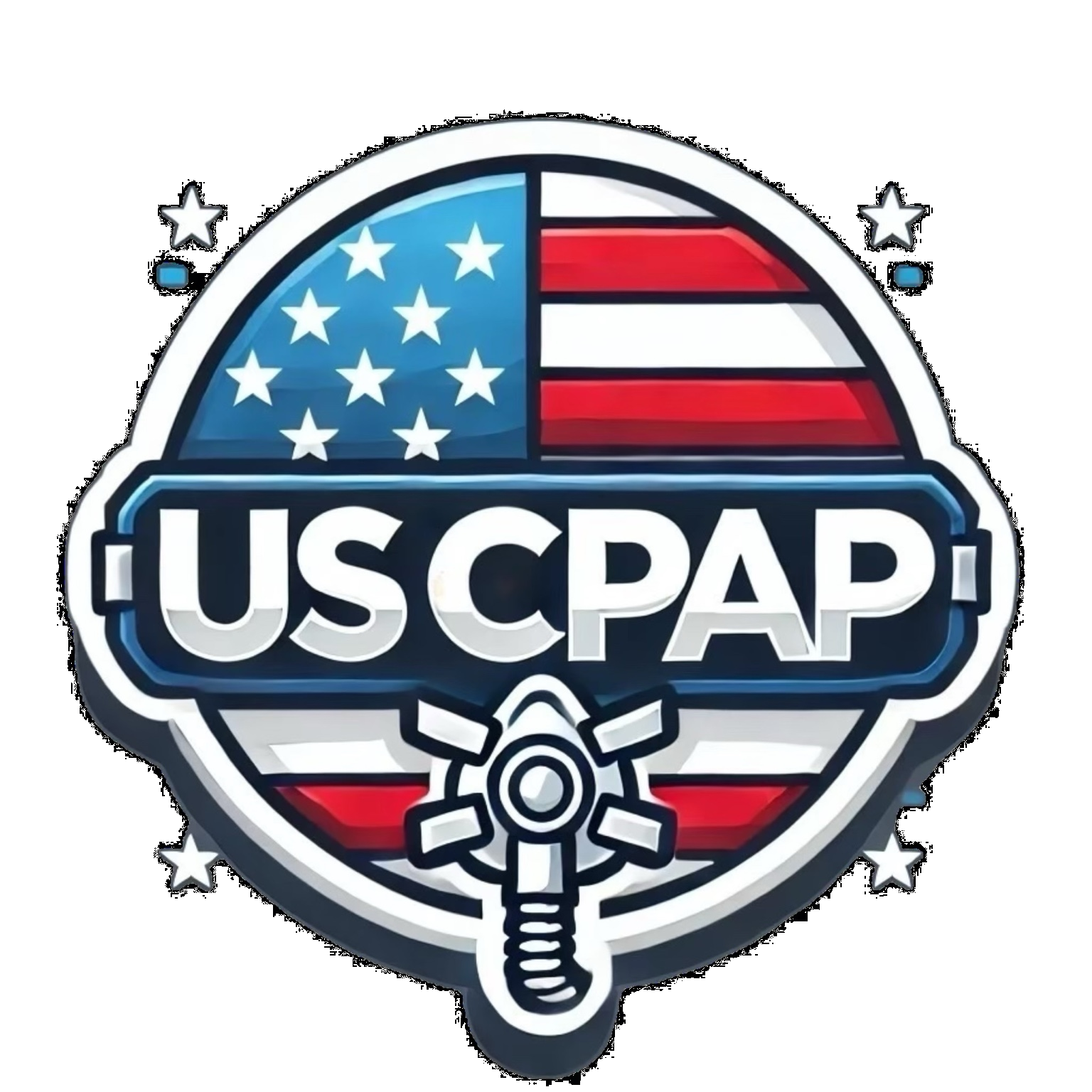
Leave a comment
This site is protected by hCaptcha and the hCaptcha Privacy Policy and Terms of Service apply.